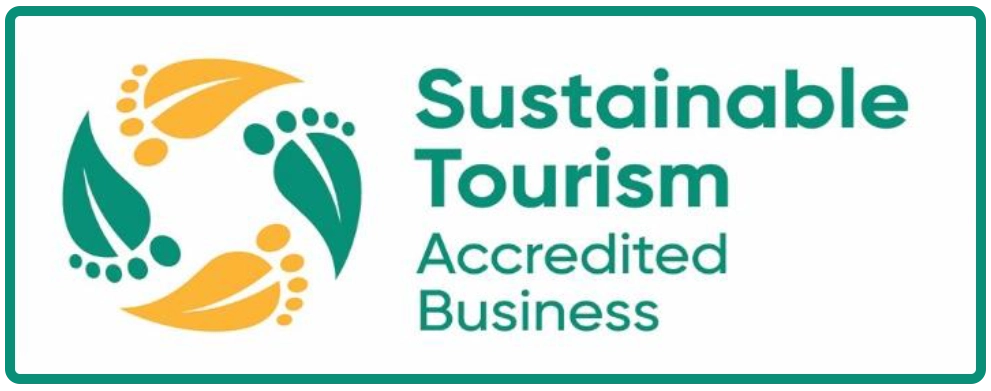A Brief History of the Whitsundays

Anchored off the coast of Mackay on June 1st 1770 Captain Cook set sail North upon the Endeavour for what was going to be one of the most spectacular stretches of his first voyage around the world.
Two days later on the feast of Pentecost, during the festival of Whitsun; the crew of the endeavor found themselves sailing between inhabited island paradises dotted throughout the crystal clear waters of the Coral Sea. The peace and tranquility of this passage was to bely its unpredictable and violent beginnings. Formed 110million years prior; born of raging volcanoes and the violent realignments of the planets tectonic plates; centuries of debris fused into solid rock, and by the time Cook ventured north through the passage the beauty of the area was undeniable. These islands were to become known as the Cumberland Islands, with the Whitsunday Passage and Pentecost Island deriving their names from this first voyage. By 1802 the HMS Investigator had travelled this route and mapped the inner edge of the reef too.
1770 may well be a definitive moment in the European settlement of the area, but the islands themselves had long provided the native aboriginal people with rich lands and sustenance. In fact archeological evidence has shown the islands to have been continuously inhabited for a period exceeding 8000 years. Most recently these islands were inhabited by the Ngaro people; roughly translated as ‘the vanishing people’. It is speculated that this name comes from the tendency of these nomadic people to leave the mainland in times of difficulty and take refuge on the various islands; effectively disappearing from those unaware of the tropical paradise across the ocean.
Due to this rich history the various islands have a wealth of cultural significance, folklore, and artifacts adorning the landscapes. A great example of this is the wall paintings at Nara Inlet on Hook Island; these paintings depict a rich source of fish, turtle and rock oysters for the inhabitants of the islands; and provide a significant insight into the cultural significance this area was to these people.
Early white settlers in the area ranged from stranded and shipwrecked sailors to timber cutters; and by the 1880’s pastoral leases were being granted on the larger islands; and the attraction of the area was becoming well recognised.
The 1920’s sparked the birth of tourism in the area; this was largely a result of passengers from the thriving coastal trade taking days ashore these tropical islands; more often than not South Molle. Academics studying the reef were also running biannual school holiday camps to encourage study of the marine sciences; eventually taking a permanent base on Hayman Island.
It soon became clear that the tourist trade would prove more profitable than the fruits of the land alone, and by 1929 the regions ‘first resort’ was established by the Nicolson family on Lindeman Island. Others soon followed with resorts quickly established on West Molle (known more commonly today as Daydream Island); Happy Bay and Palm Bay on Long Island; and notably on Hayman Island. The latter eventually taken over by Reg Ansett in 1947, marking the introduction of big business into the Whitsunday tourism sector.
The islands have continued to evolve with the tourism industry, and remain protected national parks as a whole; this has enabled the world the freedom to explore one of the most spectacular places on earth, without overwhelming the ecosystem of the area.












